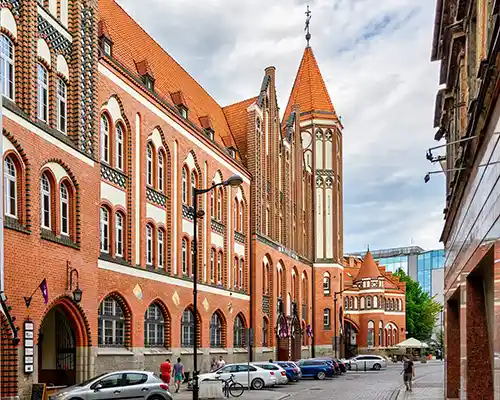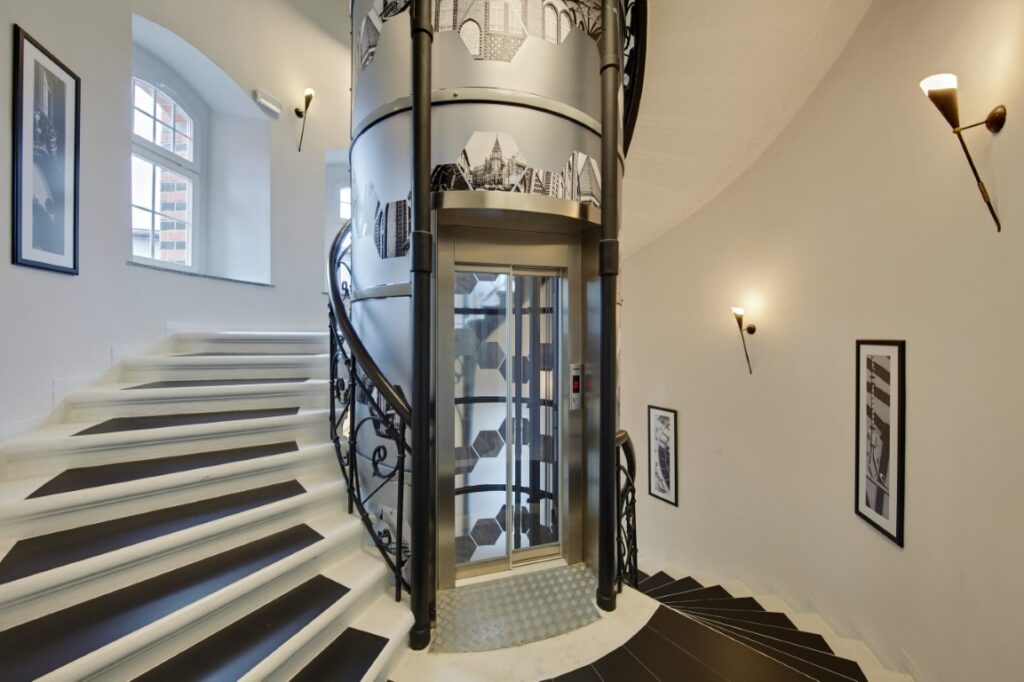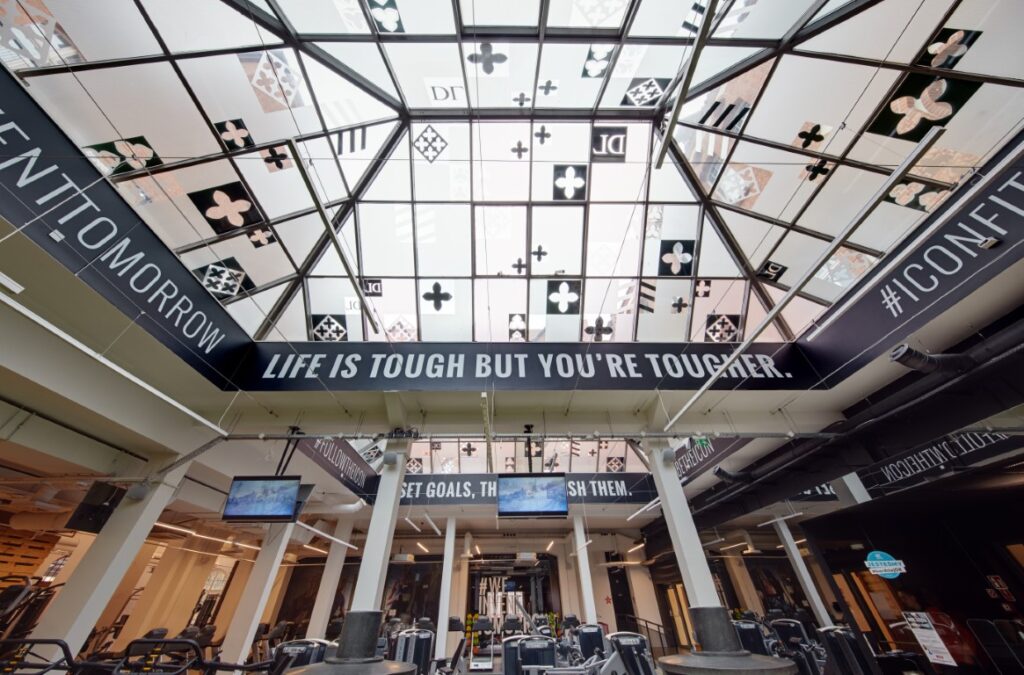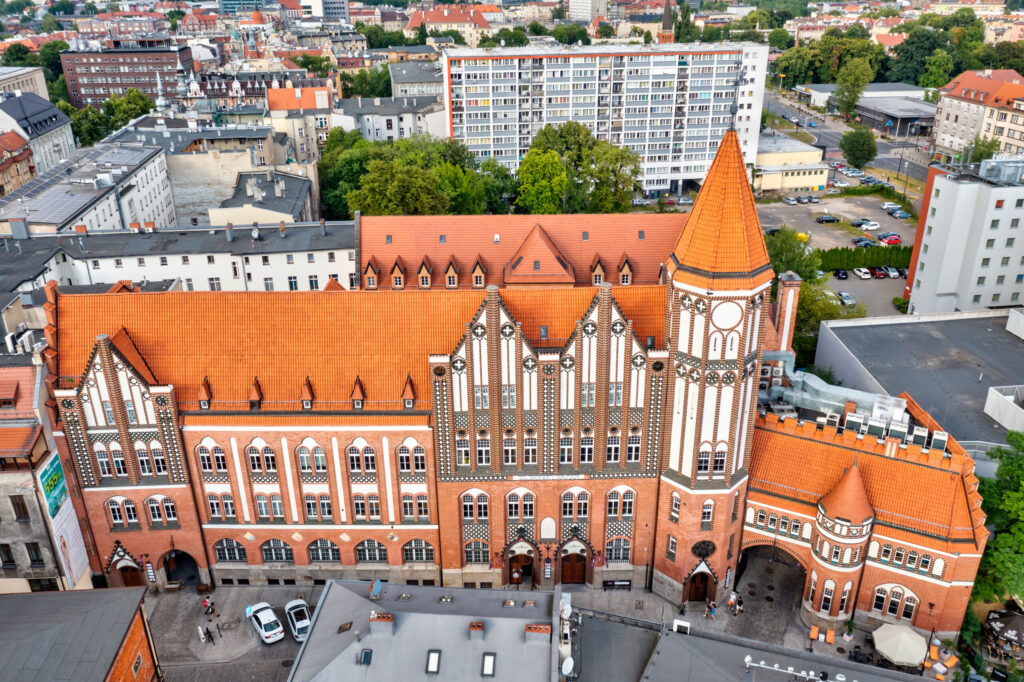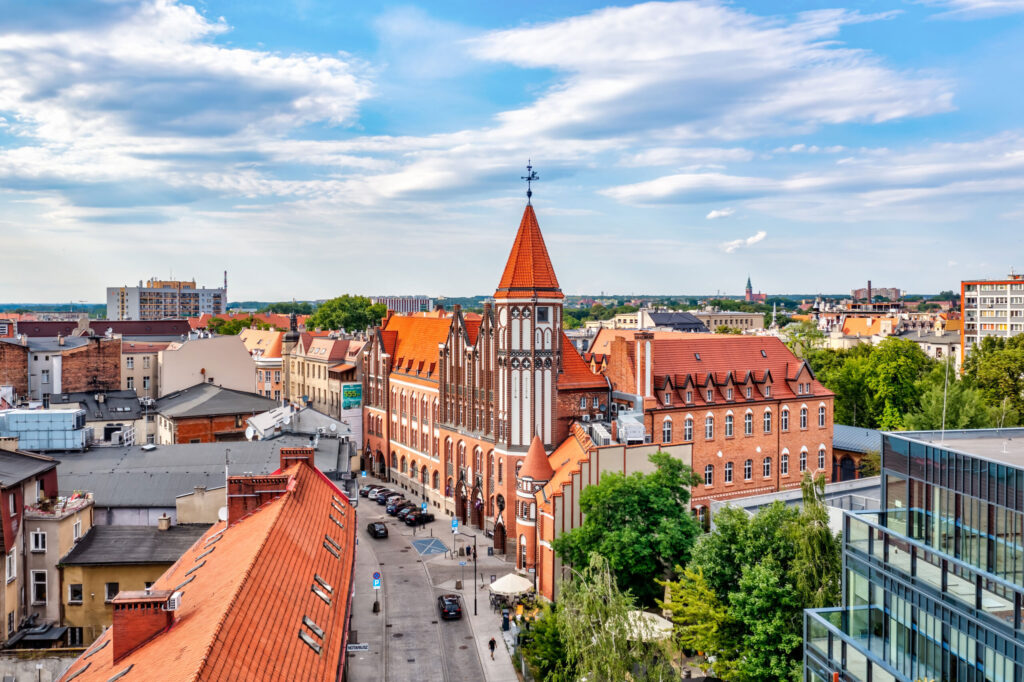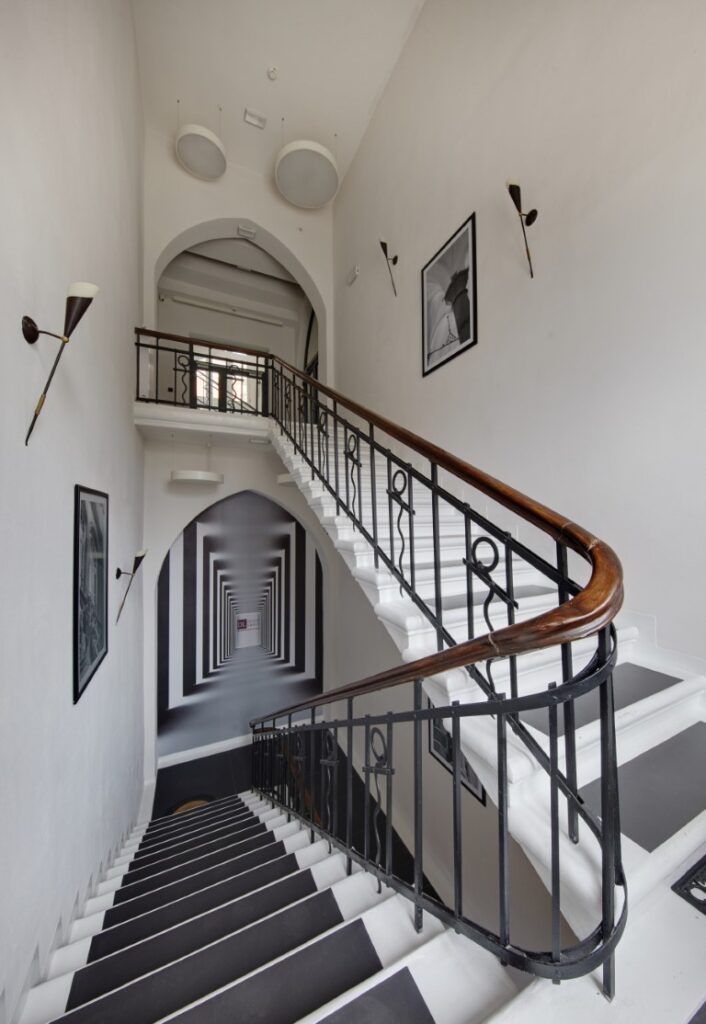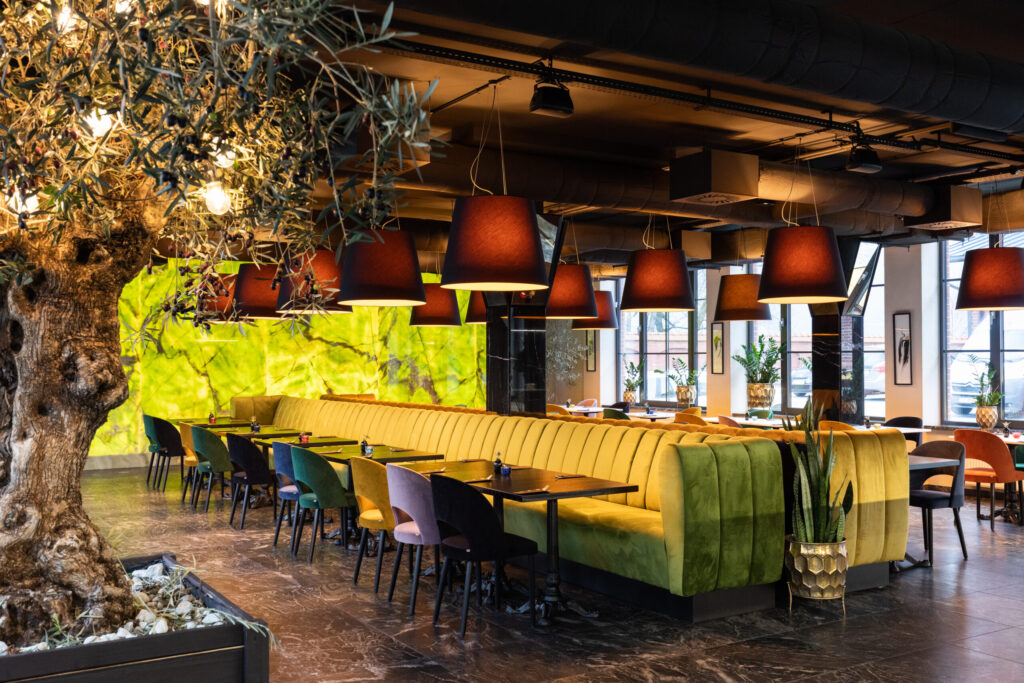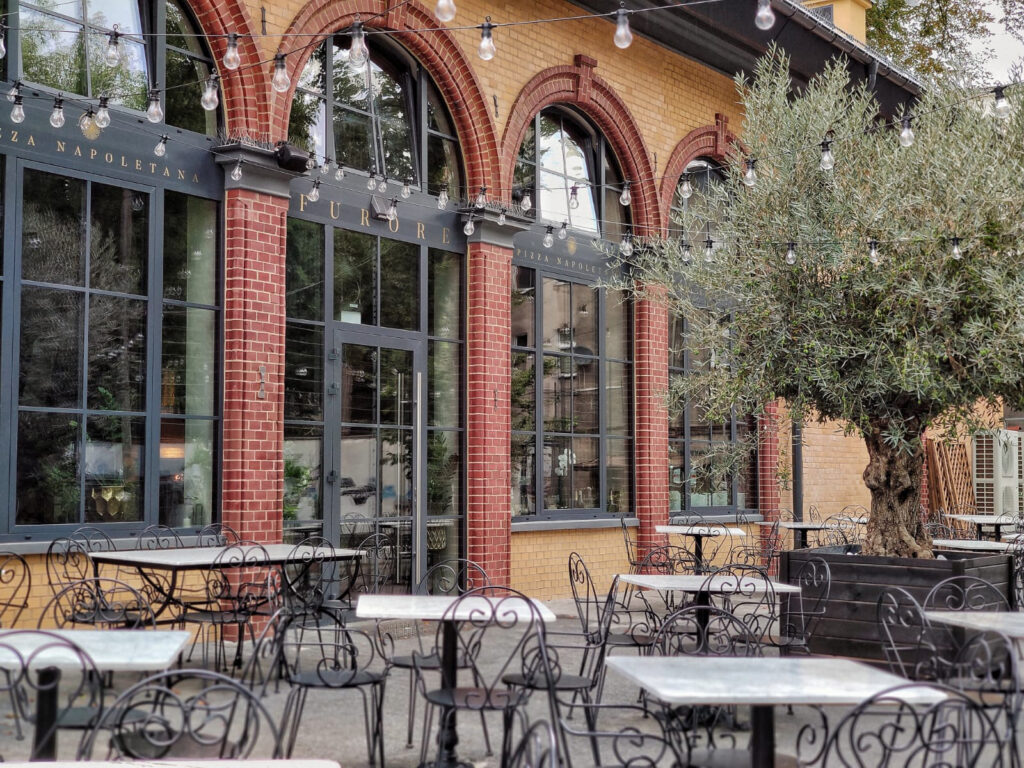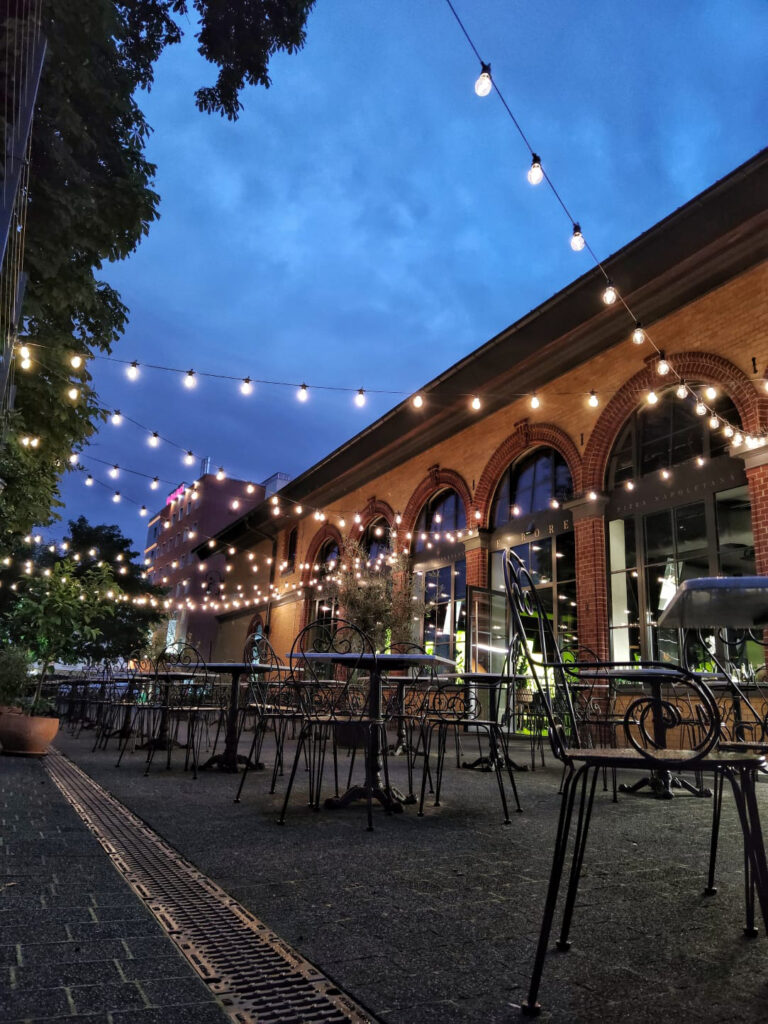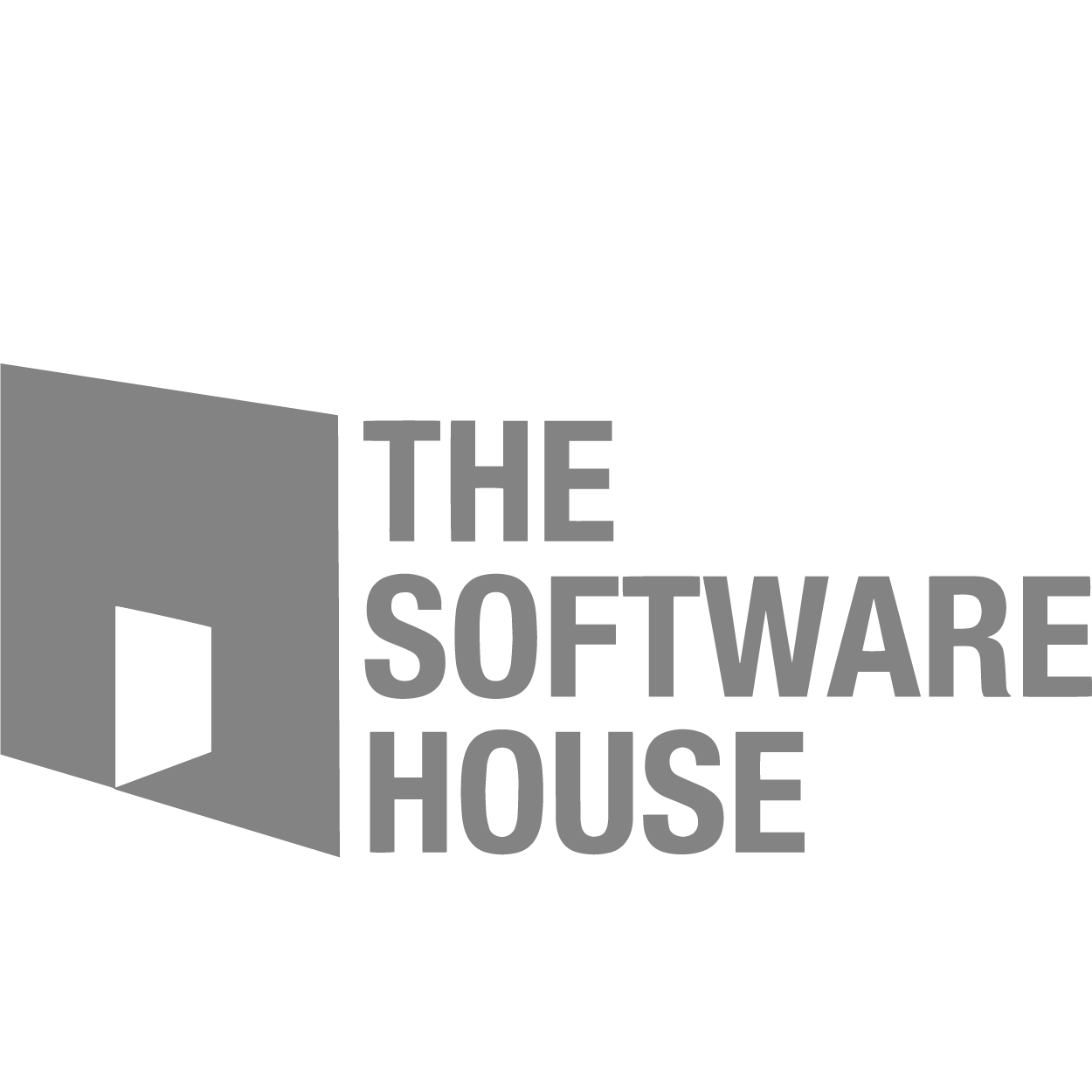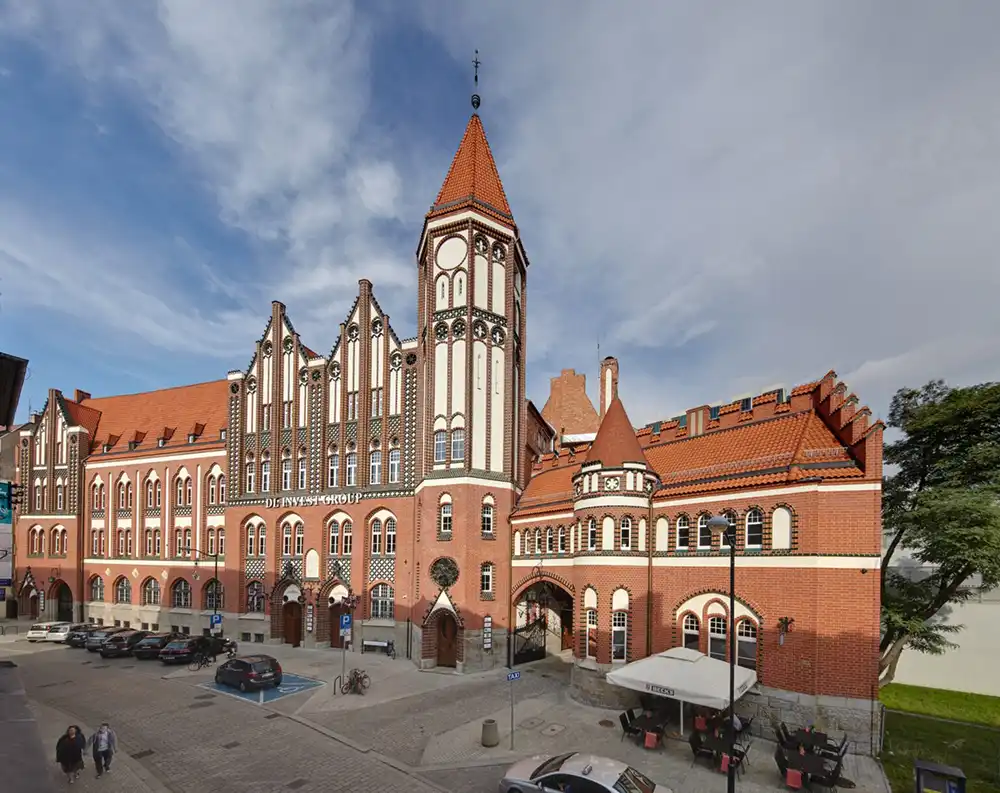
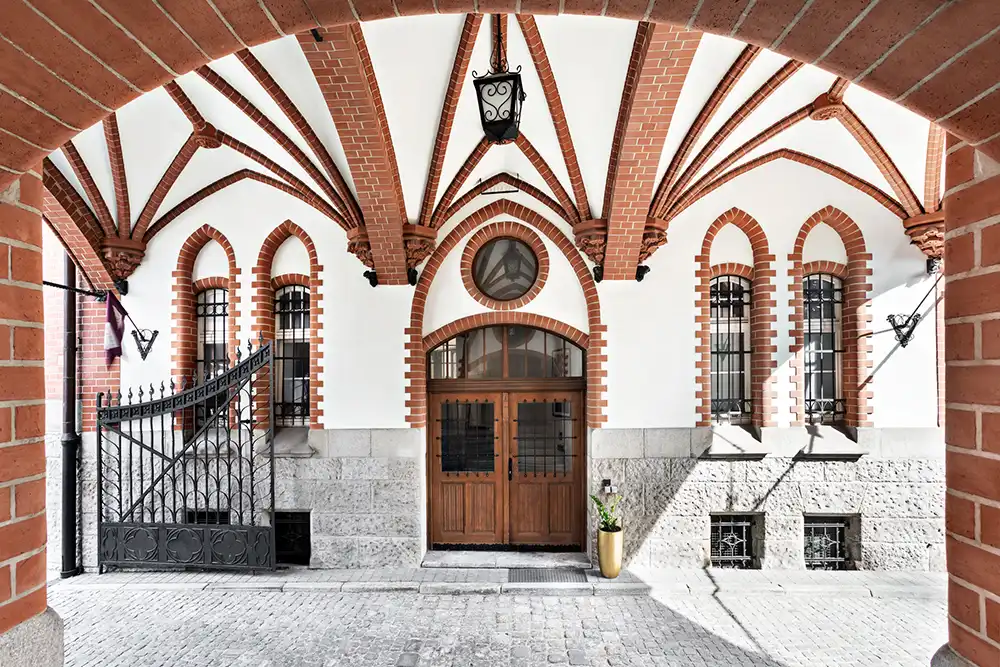
From the outset, the building stood out for its distinctive architectural style. Constructed in the historicist tradition with a strong emphasis on neo-Gothic elements, its design is largely inspired by the medieval "Beautiful Style" — a refined variant of Gothic architecture that gained prominence in the 14th century through the work of architect Henryk Brunsberg and his workshop in Western Pomerania and Brandenburg.
The Gliwice post office quickly expanded and became a pioneer in implementing modern postal innovations. As early as 1907, a telegraph office was established within the building — a forward-looking feature at the time.
In 1910, a stamp vending machine was installed — a novelty at the time. A major innovation followed in 1925 with the introduction of airmail services. Around 1927, the building was expanded with a rear wing and partially redesigned, including the addition of a staircase within the tower.
After 1945, the building remained under the ownership of the Polish Post Office until 2016, when it was acquired by DL Invest Group. The company undertook its restoration with the aim of revitalising the historic property and reintegrating it into the urban fabric of Gliwice.
As part of the renovation of the historic building, new functions were introduced that revitalised the space and gave it a new dimension. These included:
